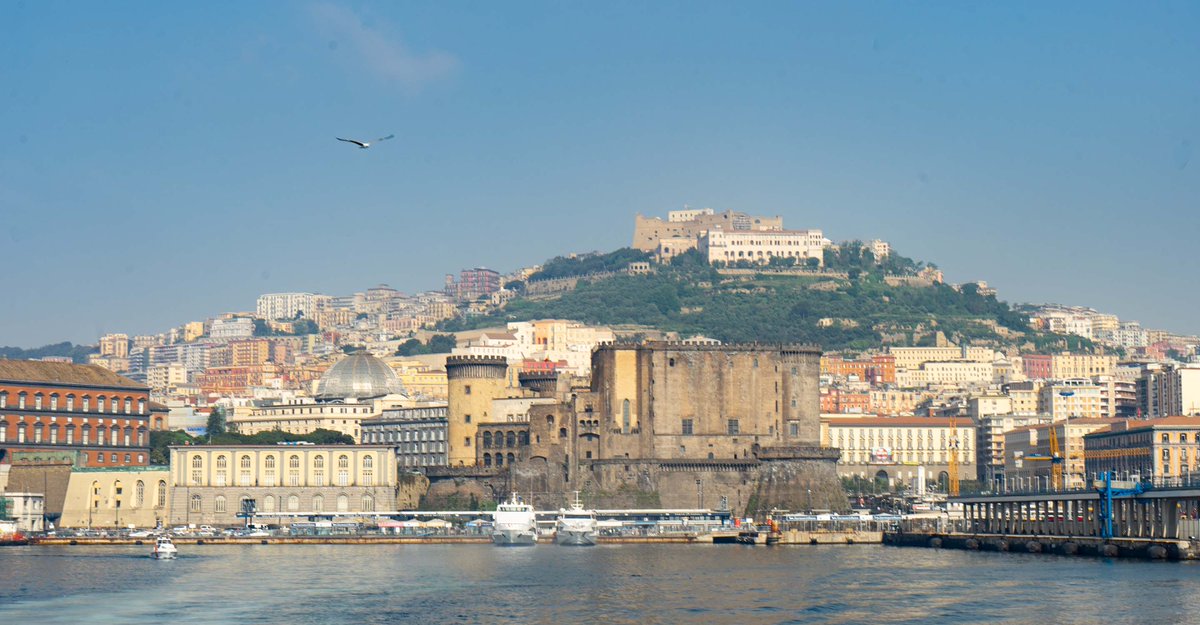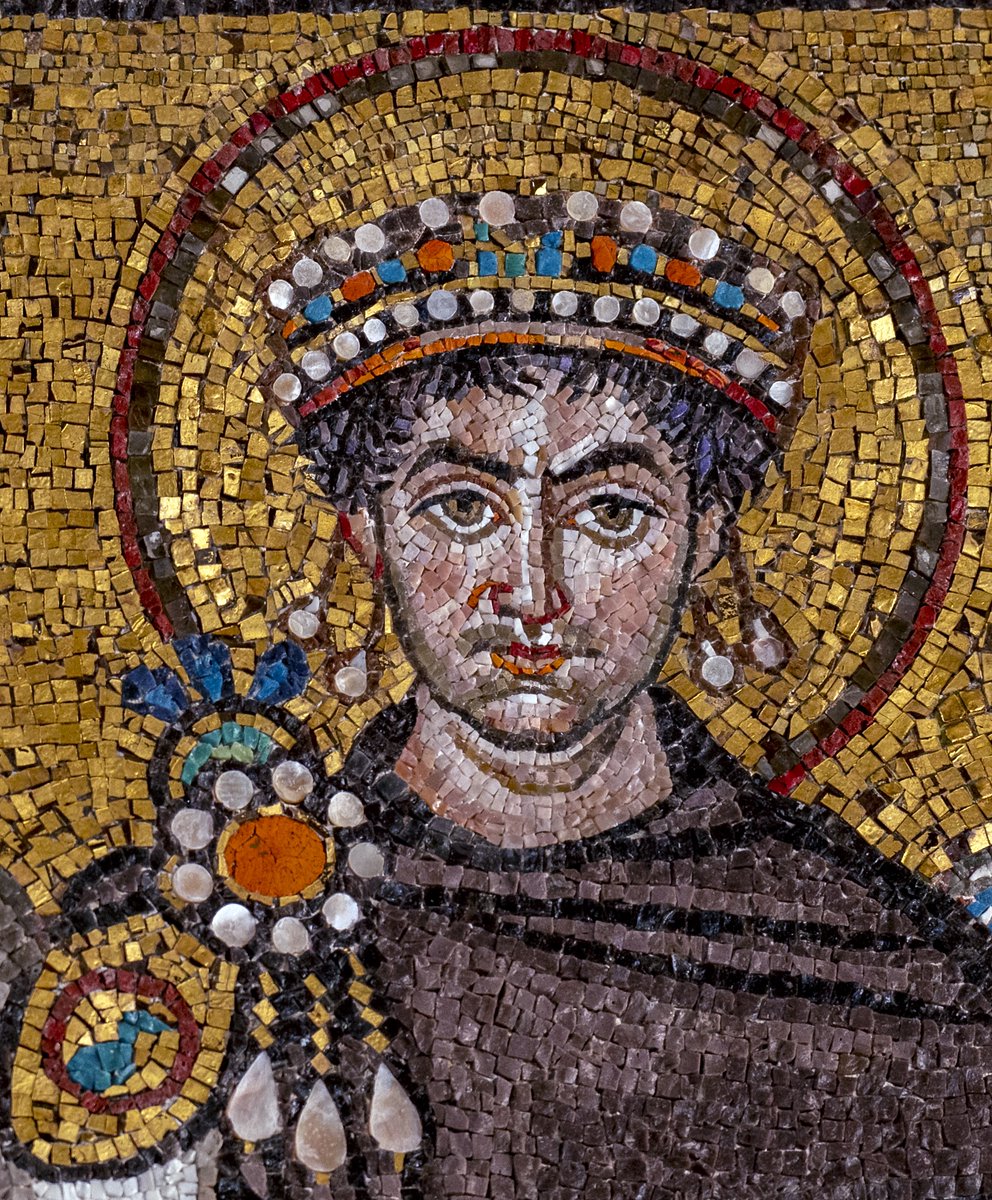
On or around this date in 536, the Roman army of Belisarius stormed the city of Naples and put many to the sword, ending a 21 day siege and opening up the road to the Eternal City. Why such a bloody resolution to this siege? Read on. #Roman #Byzantine #History #Italy 🇮🇹 

When Belisarius and the Roman army arrived before Naples, they were riding a string of successes. Cities across Sicily and southern Italy had submitted immediately and willingly to the Roman force, as I described in the quoted tweet below.
https://twitter.com/byzantineprof/status/1590343906004463616
In fact, it is hard to escape the conclusion that Belisarius' march from the toe of Italy to Naples must have taken on the character of a victory parade. And yet, here at Naples, the Roman army would encounter its first real resistance. 

According to the historian Procopius, the resistance was due to a group of Neapolitans who argued against submitting to Belisarius in a public debate on the subject. 

Two orators in particular argued that, should the Goths retake Naples later in the war, they would punish the city for submitting to the Romans at this time. Therefore better to resist the Romans now, they reasoned.
However, it seems that Naples also had a stalwart garrison of Gothic soldiers, and I believe that had as much to do with the decision of the citizens to resist the Romans as any oratory. Imagine what the Goths might do to citizens who suggested submission to the Romans! 

So for three weeks, Belisarius and the Roman army encircled Naples, holding it under siege. As part of the siege, the aqueduct which carried water to the city was cut. One Roman soldier climbed into the aqueduct to see how it worked. 

In doing so, he discovered that the aqueduct channel was nearly wide enough for a man to squeeze through. With a little chiseling, it could be widened. This was the way into the city. Belisarius ordered the widening of the aqueduct channel.
Then, Procopius informs us, Belisarius gave the Neapolotians one more opportunity to surrender, warning them of dire consequences if they did not. They refused, probably again egged on by the Gothic garrison. 

So Beliarius sent 400 soldiers through the aqueduct into Naples. Once inside, they killed the Gothic guards in two towers of the northern side of the city's wall. The rest of the Roman army then scaled that stretch of wall with ladders, and stormed the city. 

Procopius says that the Roman soldiers killed men of all ages everywhere they found them, and seized women and children as captives. But the Liber Pontificalis suggests the violence might have been even worse.
The anonymous author of the Liber Pontificalis describes the violence: "he killed both the Goths and all the Neapolitan citizens, and embarked on a sack from which he did not even spare the churches... no one was spared, not priests, not God's servants, not virgin nuns." 

Only with difficulty was Belisarius able to restrain his soldiers and bring about peace to the conquered city. Why had they engaged in such an orgy of violence and bloodletting? One general and one specific answer to that question:
First, in general, when an army had conducted a long siege and then taken the besieged city by storm, it was common that this storming would be a bloody affair. Soldiers got more enraged the longer a siege lasted, and when the target was stormed, that rage flowed out.
Second, more specifically to this case, I wonder if the Roman army was particularly enraged because the campaign in Italy had been quite a cakewalk up to this point. Naples was such an aberration that it must have been confounding.
This is especially the case if we place ourselves in the shoes of the Roman army for a moment. They were told, and perhaps believed, that they were conducting a campaign of liberation and restoration. The easy conduct of the campaign so far had probably reinforced that.
If so, the resistance at Naples must have provoked a certain amount of cognitive dissonance. Was this really a campaign of liberation and restoration, or a difficult and drawn out war against a determined foe? In this, Naples was a harbinger: the Roman-Gothic war would be both.
• • •
Missing some Tweet in this thread? You can try to
force a refresh




















